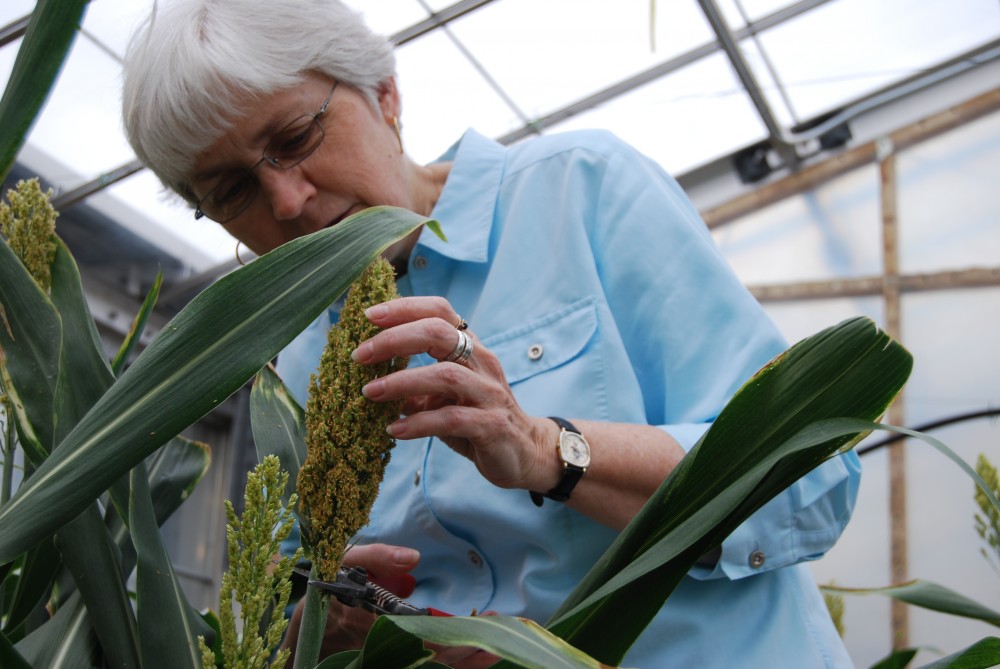
Genetically engineered foods, also referred to as genetically modified organisms (GMO), genetically modified foods or biotech foods, has sparked plenty of debate in recent years. Last November, California voters failed to pass Proposition 37, which would have required all genetically engineered foods to be labeled in the state. But Senator Barbara Boxer and Congressman Peter DeFazio are introducing a bill that would require similar labeling by the FDA. Their joint statement says, "According to surveys, more than 90 percent of Americans support the labeling of genetically engineered foods. In fact, many consumers are surprised to learn that GE foods are not already labeled."

Gabriela Quirós, the producer of a special half-hour documentary, Next Meal: Engineering Food, commented via email about why this subject generates so much discussion with the public.
"Many people are very interested in knowing where their food comes from and how it’s made. In the particular case of genetically engineered crops, in the past 15 years, U.S. farmers have rapidly started growing genetically engineered crops to the point where about 90 percent of all the soybeans, cotton, corn and sugarbeets grown in the United States are now genetically engineered. But the farmers and the seed companies didn’t ask consumers what they thought about genetically engineered food – these seeds were just adopted like any other farming technology. And so I think that some consumers are wary, in part because there wasn’t much of a discussion before the technology was rolled out."
In the course of producing Next Meal, which explores how genetically engineered crops are made as well as their benefits and drawbacks, Gabriela discovered more facts about a unique tomato: Flavr Savr.
"The Flavr Savr tomato was the first genetically engineered food to be sold to consumers. A company in Davis flipped a tomato gene around so that tomatoes would stay firm on the vine for longer. The idea was for the tomatoes to get flavorful but not become mushy when they were transported. What I didn’t know was that these tomatoes were very popular with consumers when they were first sold, in 1994. What made them disappear wasn’t opposition to the tomatoes; it was a series of bad business decisions by the company that designed them, and the fact that the genetic engineering didn’t quite work -- the tomatoes didn’t stay firm for longer on the vine and ended up requiring careful transportation, just like any other tomato."
The main challenge of working on the special was the enormous scope of the topic. "I would have liked to have more time. The documentary is 30 minutes long. Genetically engineered crops touch on science, of course, but also on environmental, legal and social issues, just to name a few. We didn’t have time to go as in-depth into some aspects of the story. That said, we did cover a lot of ground!"

Gabriela also noted that one of her favorite moments was filming "the process of genetically engineering a cereal called sorghum, at UC Berkeley. I think viewers will enjoy this scene in the film. You see the little sorghum embryos being plucked out of the immature seeds."